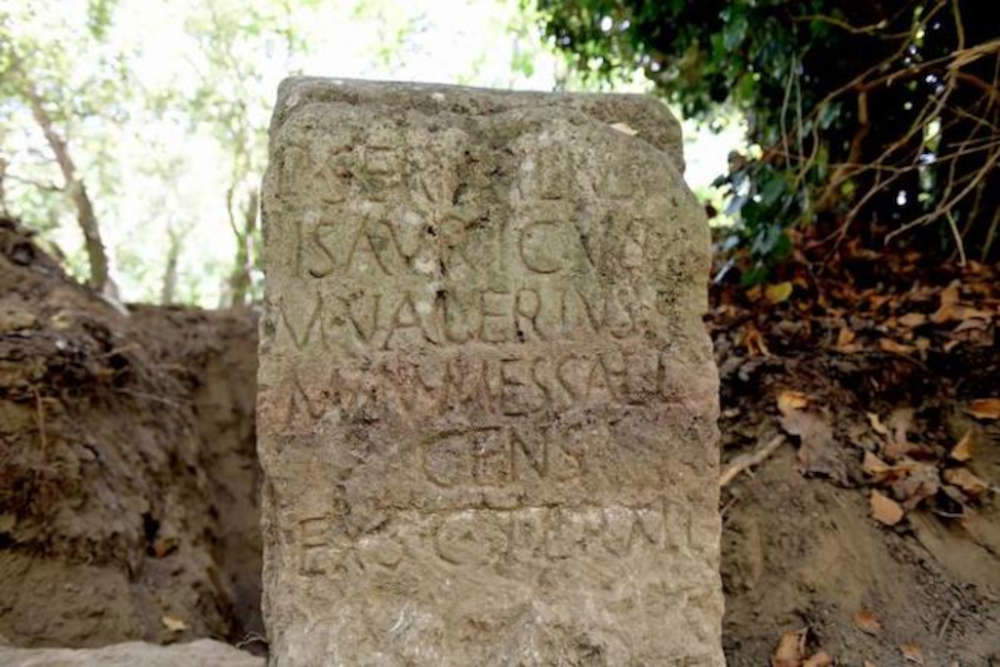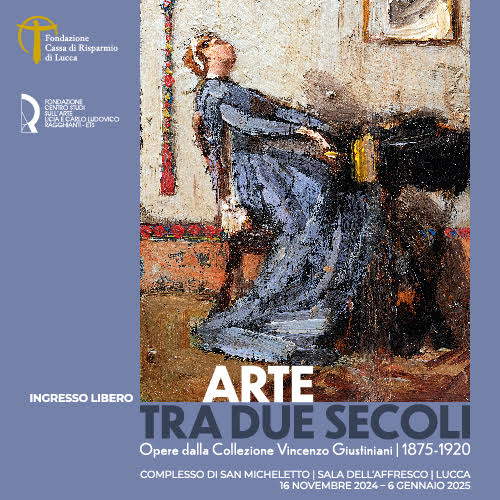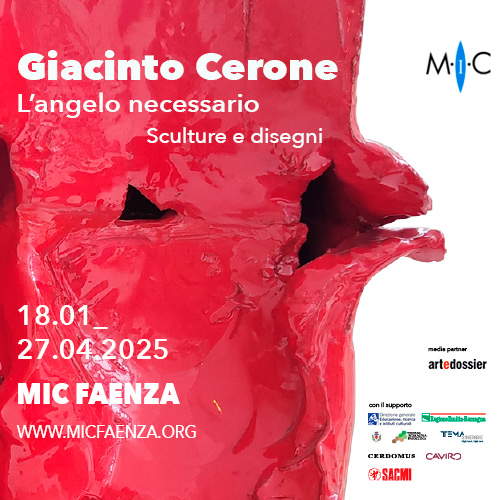Rome, blocks from the banks of the Tiber River from the 1st century BC discovered. They will be visible in a park
In Rome, important archaeological remains that enrich Rome’s historical heritage have surfaced during work on the “Oasi di Ponte Milvio” Overlook Park. The excavations have in fact brought to light part of the ancient Tiber banks in tuff, dated to the first century B.C., a section of the Via Flaminia with traditional imperial paving, and also a segment of sanpietrini dating back to the 20th century.
During preventive archaeological investigations, an area of considerable interest was identified with a Roman cippus and a wall of tufa blocks, partially visible among the vegetation. In addition, under recent alluvial sediments, a complex of structures near the right bank of the Tiber, probably dating back to the 1st century BC, was found. These artifacts, partially exposed as early as 1947 and visible until the 1960s, had subsequently been submerged by silt and soil, causing their memory to be lost. The intervention conducted by archaeologists, which is still in progress, not only complements the documentation of these structures with a correct positioning, but also allows the recovery of more ancient phases of frequentation also testified by further discoveries: in fact, fragments of structures in opus reticulatum and two basols were found under the foundation of the northern wall, which are able to offer further, valuable evidence of the ancient history of Rome.
The project, overseen by the Department of Environmental Protection, involves the enhancement of these findings, which will be included in the workings of the Affaccio Park and left visible. Technicians from the Capitoline Superintendency and the State Superintendency participated in the excavations along with Roma Capitale staff. The project will continue without slowing down, integrating the new discoveries into the park’s structure. So, the Affaccio Park “Oasis of Ponte Milvio” will not only increase the greenery available to citizens in the city, but will also become a place of great archaeological interest, where it will be possible to admire important historical finds dating back more than two thousand years.
“This one that has been found,” said Rome Mayor Roberto Gualtieri, “is a cippus from the first century B.C., with the inscription written on both sides so that it could be seen by both those who went on the street and those who navigated the river, and it bears the inscription with the names of the two censors, written inverted on the two sides so that no one would excel. These were Publius Servilius Isauricus and Marcus Valerius Messala, who in 54, after a very large flood, among the many things they did, demarcated the boundary between the public and private parts as if to say ’don’t build too close to the river.’ Next to it we see the paving of the old Via Flaminia. This park will allow us not only to provide a green space for citizens but also to be able to be a point of access to understand some historical features of the city of Rome such as the problem of flooding that has always been there in this quadrant. It is interesting to understand how the Romans had dealt with it. I think this will make this park unique because we will make usable and enhance these very ancient finds to make it a kind of museum of the river, a small archaeological park within the river park. We want the city to reappropriate its river not only from a naturalistic point of view but also from a historical point of view. We may need a few more weeks to integrate the new elements but there will be no substantial delay: by December-January the park will be open.”
“It will be a park of six and a half hectares, 1.5 million investment,” adds Environment Councillor Sabrina Alfonsi. “A linear nature oasis will be born with three overlook oases: one with a water garden, the second with an esplanade with wooden floors, and the third, this one, which will now become an area of archaeological interest.”
 |
| Rome, blocks from the banks of the Tiber River from the 1st century BC discovered. They will be visible in a park |
Warning: the translation into English of the original Italian article was created using automatic tools. We undertake to review all articles, but we do not guarantee the total absence of inaccuracies in the translation due to the program. You can find the original by clicking on the ITA button. If you find any mistake,please contact us.





























